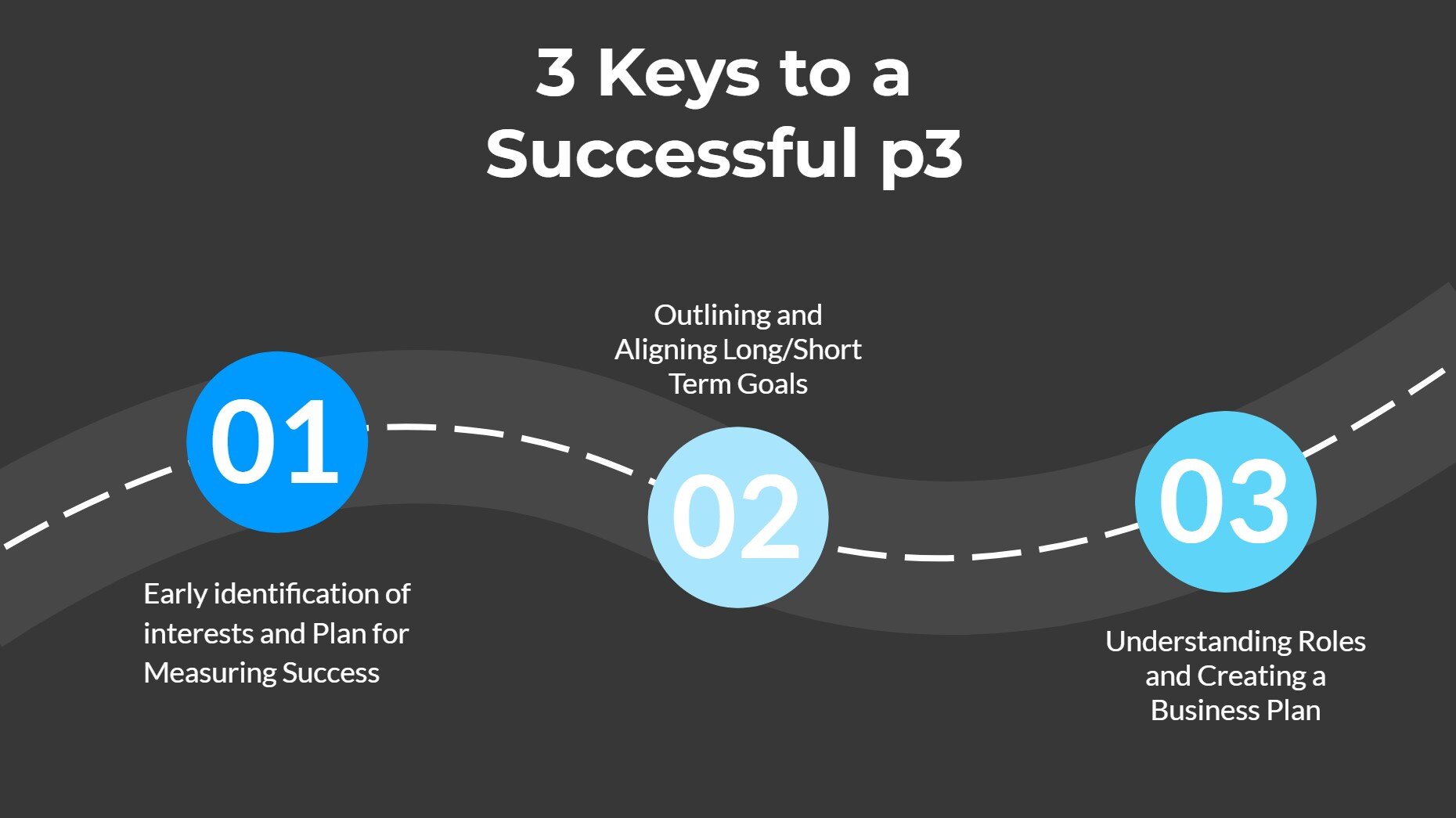Avoid Public-Private Partnership Headaches with These Three Keys for Success
This past Sunday, Senator Roy Blunt countered an infrastructure proposal with a plan to cut costs through the use of public-private partnerships. He requested that the United States government focus its funds on traditional infrastructure (roads, bridges, etc.) and leverage public-private partnership relationships to achieve the rest of its new and innovative strategies. The idea proposes using p3s to complete projects focusing on climate change, healthcare, the electrical grid, broadband access, and more. This not only allows the government to focus on solid infrastructure improvements, but it also allows for the expertise and shared responsibility with the private sector when tackling new ideas such as electric transportation and digital/electrical infrastructure upgrades. When we heard him throw out p3s on the national stage, we wanted to share our thoughts.
Public-private partnerships can be highly effective when organized properly, but they can also cause many problems if executed improperly. There is great potential to create something greater than the sum of its parts. In order to avoid turning a great strategy into a headache, partners must make sure to consider these three factors when developing a business plan for a public-private partnership.
The Three Keys
Early identification of interest and measurement of success
Starting the planning process by highlighting interests within the project and the plan for measuring success is an important first step. This conversation sets up the next two points well because it gets right to the point. What is your interest in the project and how are we going to measure success? Interest is central to a p3. The purpose of the partnership is a partnership. A PPP is developed because two partners can come together to create something greater together and both satisfy their interests. Having the right interests and understanding why your partner is there is the first step to working together effectively. Secondly, you need to develop how you are going to measure success. This also takes a discussion on alignment. Success can mean two different things to two people. Setting up a plan for measuring success and planning on looking for markers of progress is a great way to start a project off on the right foot.
Outlining and Aligning Long/Short Term Goals
Identifying your interests and planning for measuring success is a great first step, but partners also must outline what they are going to measure. While it is unlikely that each partner would go into the project with no goals, it is important to align those goals, short and long-term. Laying out each partner’s goals allow for planning so you can avoid stepping on each other’s toes. It also allows you to understand where you can collaborate to promote efficiency.
Another feature often overlooked is short and long-term goals. The short-term, immediate goals are often the focus, but planning for long-term goals such as maintenance, future use, upgrades/renovation, etc is important to plan out during the project. The long term is where many partners can find differences. A central purpose for p3s is to improve the value and decrease risk by distributing it. Failing to align long-term goals can reduce potential value and increase risk. One partner planning only for the short term leaves the responsibility of long-term upkeep, planning, funding, and risk in the hands of the remaining partner. This is counterproductive to the purpose of a p3 relationship.
Understanding Roles and Creating a Business Plan
This may be the third point, but this is a huge step. Loose agreements will fall apart once the project starts. Partners will disagree about who should fix what or who should pay for this and that. All of this creates a massive headache for project managers and it will slow down the project leading to more costs and missed deadlines. Discussing roles, expectations, and creating a solid plan (in writing) is a sure-fire way to avoid many disagreements and work halting issues down the road. Making sure to complete the two previous points is great, but if none of it is written out and agreed to concretely, then it really won’t mean much.
While understanding and sticking to roles is important, it is also a partnership, so working in support of each other is important for project success too. How can you support each other while not interfering in each other’s roles? For example, someone’s role can be marketing, but another partner can step up and help with content ideas. If everyone sticks to their roles strictly, then the partnership factor is lost. it is key to find the balance in between. This starts by finding the right partner and then building that relationship through concrete planning. Planning to support each other by contributing what you’re best at is a great way to squeeze all of the benefits out of a p3.
While the promotion of p3s on the national stage is a great step toward improving the infrastructure of the country and tackling challenging issues, it is imperative that these projects be well thought out and executed with a plan. These three steps do not capture the entire complexity of p3 relationships, (check out our bog on 5 keys to a successful public-private partnership) but they are a great starting point for diving into a new partnership. Following these three bits of advice will help you prevent an avoidable headache down the road.
Interested in more p3 insights? Check out some of our other blogs on The History of the P3 Market and What's Next and the Top 5 ways to Align Vision of a PPP. If you want to learn more about how we develop effective strategies for public-private partnerships, reach out to us today to start a conversation.




